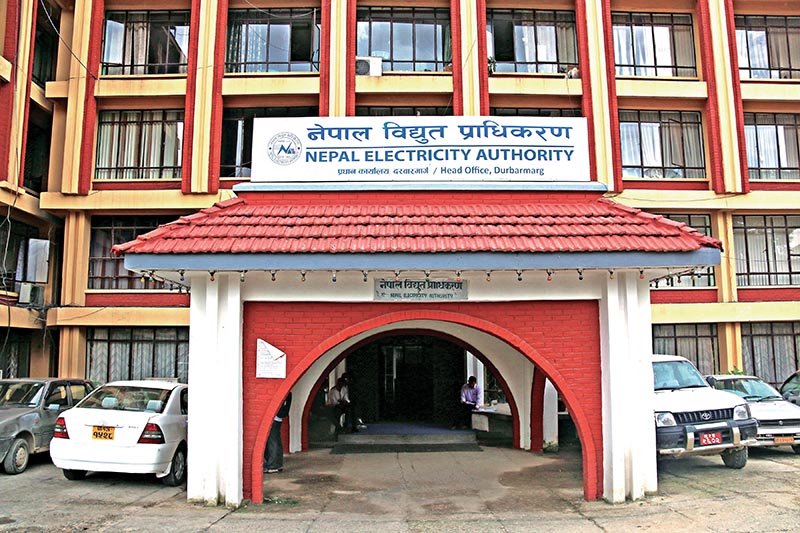NEA projects achieve 102pc financial progress
Kathmandu, December 12
At a time when the government is facing criticism from all sectors for its tepid development expenditure, Nepal Electricity Authority (NEA) has managed to achieve 101.52 per cent financial progress in its various generation, distribution and transmission projects in the first four months of ongoing fiscal year 2019-20.
In contrast, the capital expenditure of the government as of today stands at a paltry 8.5 per cent of the allocated development budget for this fiscal year.
Earlier, NEA had set a target of spending Rs 13.11 billion for various projects during the review period.
However, the actual spending in the four months stood at Rs 13.31 billion. As per NEA, the projects, however, were able to make overall physical progress of 86 per cent of the set target.
Kul Man Ghising, managing director of NEA, informed that the authority was able to show impressive financial progress owing to advance payments made to contractors and clearance of remaining dues of last year to multiyear contract projects.
“Despite hassles related to forest clearance, land acquisition process, obstruction by locals while installing transmission and distribution lines, we managed to surpass the target set for financial progress,” Ghising said, adding that it was possible due to the support of different government agencies directly linked to NEA.
Of the total allocated budget of Rs 55.61 billion for this fiscal, NEA has managed Rs 10.31 billion from government sources and Rs 45.30 billion from foreign loans and grants.
Ghising further said that they have faced some difficulties due to higher ratio of foreign grants and loans in its allocated budget compared to the budget from government sources.
As per NEA, it was able to generate 74 megawatts of electricity in the review period — 60 MW from Upper Trishuli and 14 MW from Kulekhani III. Similarly, it was able to commission the 132 kV Kabeli corridor transmission line, which had been stagnant since last two years due to obstruction by locals and community forest group.
Similarly, in generation section, the power utility had planned to spend Rs 4.42 billion, while it was able to spend Rs 3.33 billion, which is 75.46 per cent of financial progress. The projects in this category achieved 76.63 per cent of physical progress in the review period.
In the review period, 193 circuit kilometres of six transmission line projects were completed. Similarly, seven substations were finished and eight substations were upgraded.






